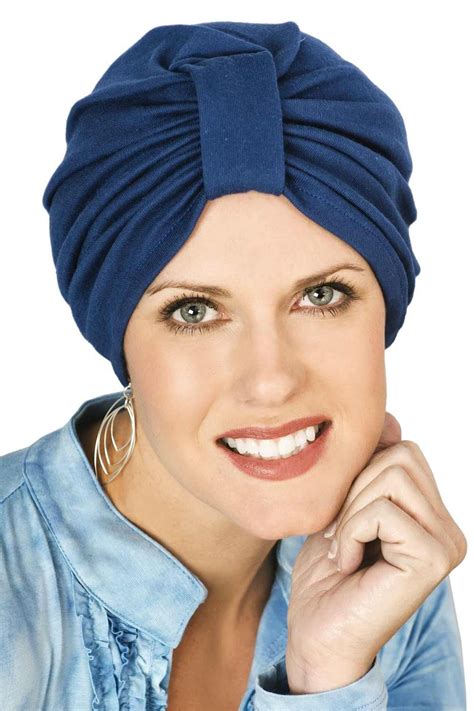Cancer treatment can impact a person’s appearance, and hair loss is one of the most visible changes. For many patients, this can be a source of anxiety and even distress. However, there are a wide range of head coverings available that can provide comfort, confidence, and a sense of normalcy during this time.

Understanding the Need for Head Coverings
According to the American Cancer Society, approximately 60% of cancer patients experience hair loss as a side effect of chemotherapy or radiation therapy. This can occur within a matter of days or weeks after treatment begins. Hair loss can be a significant psychological challenge for patients, as it can affect their self-esteem and body image. Head coverings can help to mitigate these feelings by providing a way to conceal hair loss and maintain a sense of identity.
Types of Head Coverings
There are numerous types of head coverings available, each with its own unique benefits. These include:
- Hats: Baseball caps, beanies, and scarves can be stylish and functional choices for both men and women. They are easy to wear and can provide warmth in cooler temperatures.
- Wigs: Wigs can be made from synthetic or human hair and are designed to closely resemble a person’s natural hair. They can provide a more realistic appearance but require regular maintenance and styling.
- Head scarves: Head scarves are versatile and can be tied in a variety of ways to create different looks. They are often made from soft, breathable fabrics that are gentle on the scalp.
- Turbans: Turbans are traditionally worn by Sikhs and other cultures, but they have become increasingly popular as a fashionable and comfortable head covering for cancer patients.
Benefits of Head Coverings
The benefits of wearing a head covering during cancer treatment extend beyond aesthetics. These include:
- Protection from the elements: Head coverings can protect the scalp from sun exposure, wind, and cold temperatures.
- Comfort: Head coverings can provide a comfortable barrier between the scalp and coarse bedding or clothing.
- Emotional support: Wearing a head covering can help to boost confidence and reduce anxiety related to hair loss.
- Normalization: Head coverings can help patients to feel more normalized in social situations and reduce the stigma associated with cancer.
Consider Patient Feedback in Selection
When choosing a head covering, it is important to consider the patient’s individual needs and preferences. Some key factors to keep in mind include:
- Comfort: The head covering should be made from soft, breathable materials that are gentle on the skin.
- Style: The head covering should complement the patient’s personal style and make them feel confident.
- Convenience: The head covering should be easy to wear and maintain, especially for patients who are experiencing fatigue or other treatment-related side effects.
By engaging patients in the selection process and validating their feedback, healthcare providers can help to ensure that they find a head covering that meets their unique needs and preferences.
Comparison of Head Covering Options
The following table compares the pros and cons of different types of head coverings:
| Head Covering Type | Pros | Cons |
|---|---|---|
| Hats | Easy to wear, stylish, available in a variety of designs | May not be as secure or provide as much coverage as other options |
| Wigs | Realistic appearance, can help to maintain a sense of normalcy | Expensive, require regular maintenance and styling, can be uncomfortable in warm weather |
| Head scarves | Versatile, breathable, affordable | May not stay in place as well as other options, can be difficult to tie |
| Turbans | Comfortable, stylish, provide full coverage | Can be bulky, may not be suitable for all head shapes |
Conclusion
Head coverings can play a vital role in supporting the emotional and physical well-being of cancer patients during treatment. By providing comfort, confidence, and a sense of normalcy, they can help patients to cope with the challenges of hair loss and maintain a positive outlook throughout their healthcare journey.
